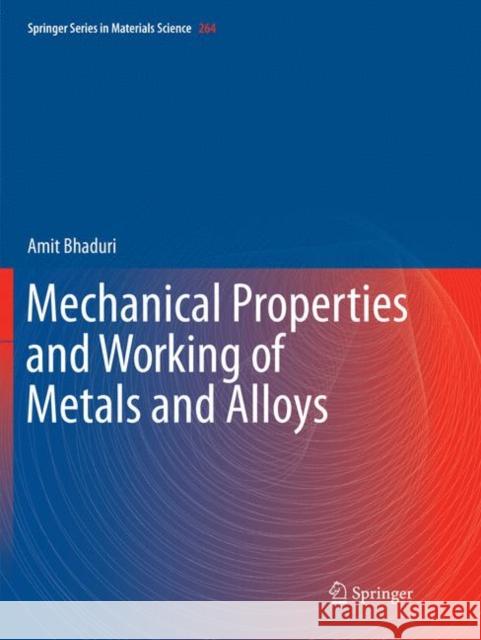Mechanical Properties and Working of Metals and Alloys » książka
topmenu
Mechanical Properties and Working of Metals and Alloys
ISBN-13: 9789811339226 / Angielski / Miękka / 2019 / 748 str.
Kategorie:
Kategorie BISAC:
Wydawca:
Springer
Seria wydawnicza:
Język:
Angielski
ISBN-13:
9789811339226
Rok wydania:
2019
Dostępne języki:
Numer serii:
000904288
Ilość stron:
748
Waga:
1.98 kg
Wymiary:
27.69 x 22.1 x 3.56
Oprawa:
Miękka











